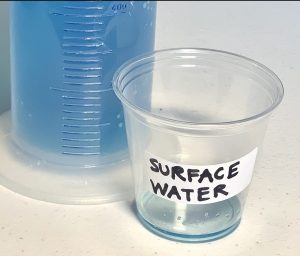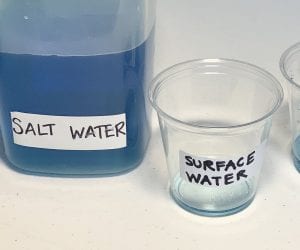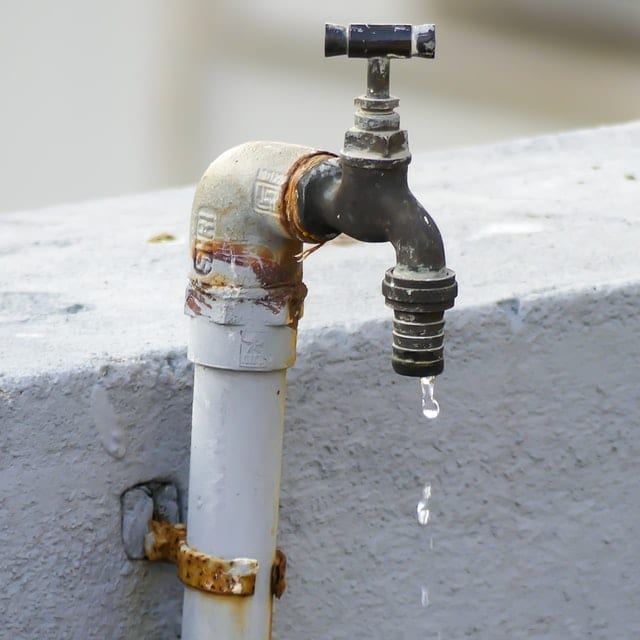
Having seemingly unlimited access to clean drinking water is something that we often take for granted here in the United States. We turn on the sink to wash our hands or fill up a cup, and we assume that the water coming out is clean. When this doesn’t happen — for instance, in the case of Flint, Michigan — crisis is quick to follow. It harms human health and erodes trust that our local and federal agencies will keep us safe. So how is the quality of our water monitored? Let’s go behind the scenes…
Who’s in Charge of Monitoring our Water?
The Environmental Protection Agency (EPA) monitors drinking water here in the U.S. using a multifaceted approach. The Clean Water Act states that federal, tribal, and state agencies are in charge of monitoring lakes, rivers, streams, and other bodies of water to determine the water quality. These agencies implement several different monitoring tools to help identify where problems exist, where to focus pollution control energies, and where progress is being made. All of the data collected from monitoring is submitted to the EPA through the Water Quality Exchange (WQX). The general public can then retrieve this data from the EPA through the Water Quality Portal (WQP).
Six Water Monitoring Tools
The framework used to support monitoring and management of water quality is called a water quality surveillance and response system (SRS). An effective SRS allows for early detection of worsening water quality and a rapid response, in order to prevent it from becoming a larger, more serious issue. An SRS consists of one or more of the following components:
1. Online Water Quality Monitoring
Online water quality monitoring involves using online instruments to monitor real-time water quality at different strategic locations within a distribution system. The collected data is automatically transmitted to a central management system to be analyzed for unusual conditions. Water quality indicators include: disinfectant residual, specific conductance (ability to conduct electricity), pH, and UV-Vis spectral absorbance.
2. Physical Security Monitoring
Physical security monitoring uses equipment and procedures to detect and respond to security breaches at water distribution facilities. It operates in collaboration with local law enforcement to ensure timely response to alerts from security systems such as door and hatch contact switches, video monitoring systems, and video analytics.
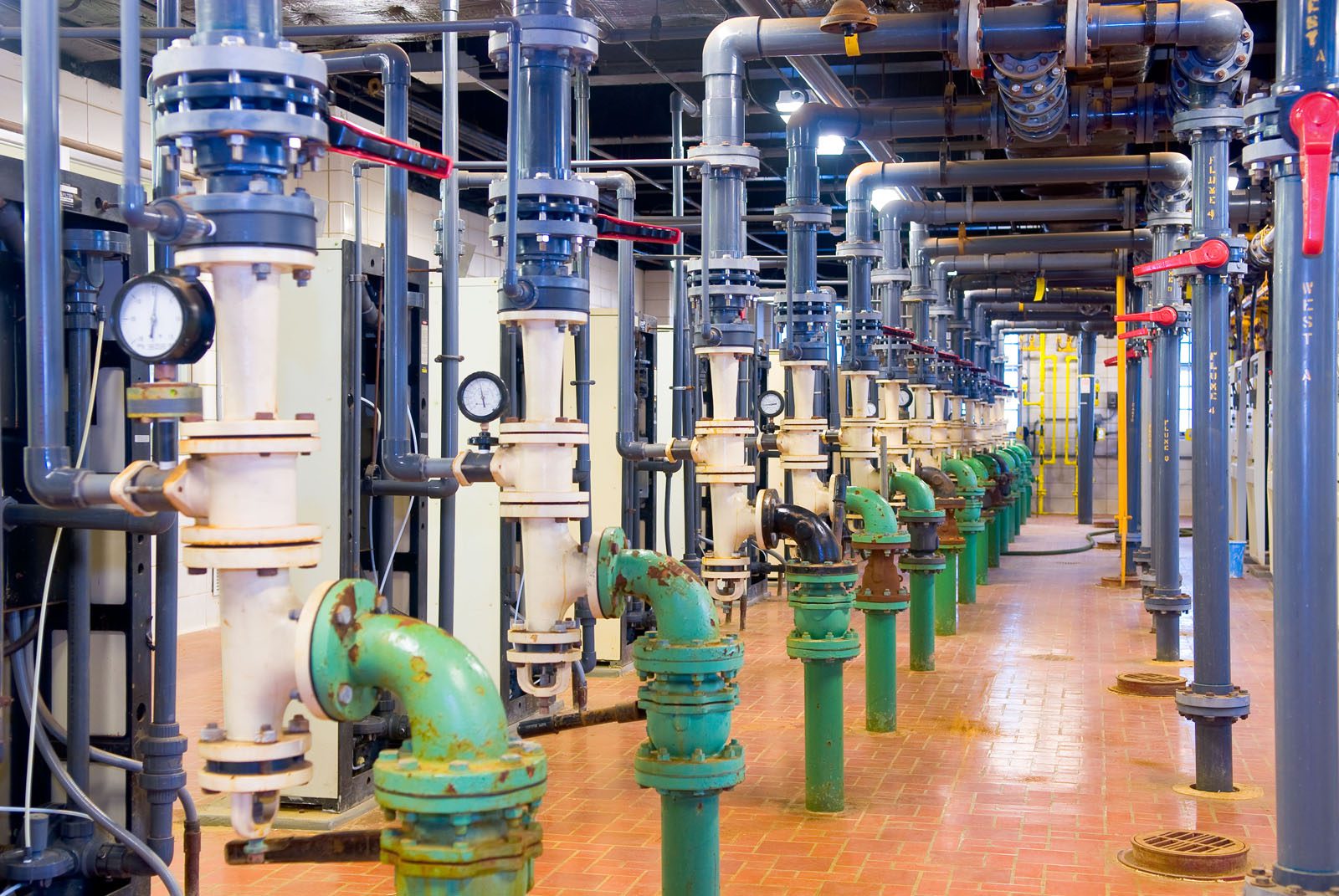
Inside a drinking water treatment facility
3. Customer Complaint Surveillance
Customer Complaint Surveillance uses customer feedback to identify unusual trends in water quality via complaints. If an unusual trend appears, the complaints are further investigated to determine similarities in nature and location. Common data streams from this kind of monitoring include interactive voice response systems, work management systems, and email and social media.
4. Public Health Surveillance
Public health surveillance monitors healthcare data to identify disease clusters potentially linked to contaminated drinking water. In order to ensure timely detection of potential contamination, this form of monitoring operates in collaboration with local public health partners. Emergency department data, emergency medical services runs, 911 and poison control center calls are all taken into account.
5. Consequence Management
If a potential water problem is detected, consequence management provides plans and procedures in order to respond in a timely and effective manner. It works in tangent with local and state response partners such as public health agencies, emergency response teams, and law enforcement. Its primary functions are to establish the credibility of a possible contamination incident, minimize public health and economic consequences, and guide the remediation and recovery effort.
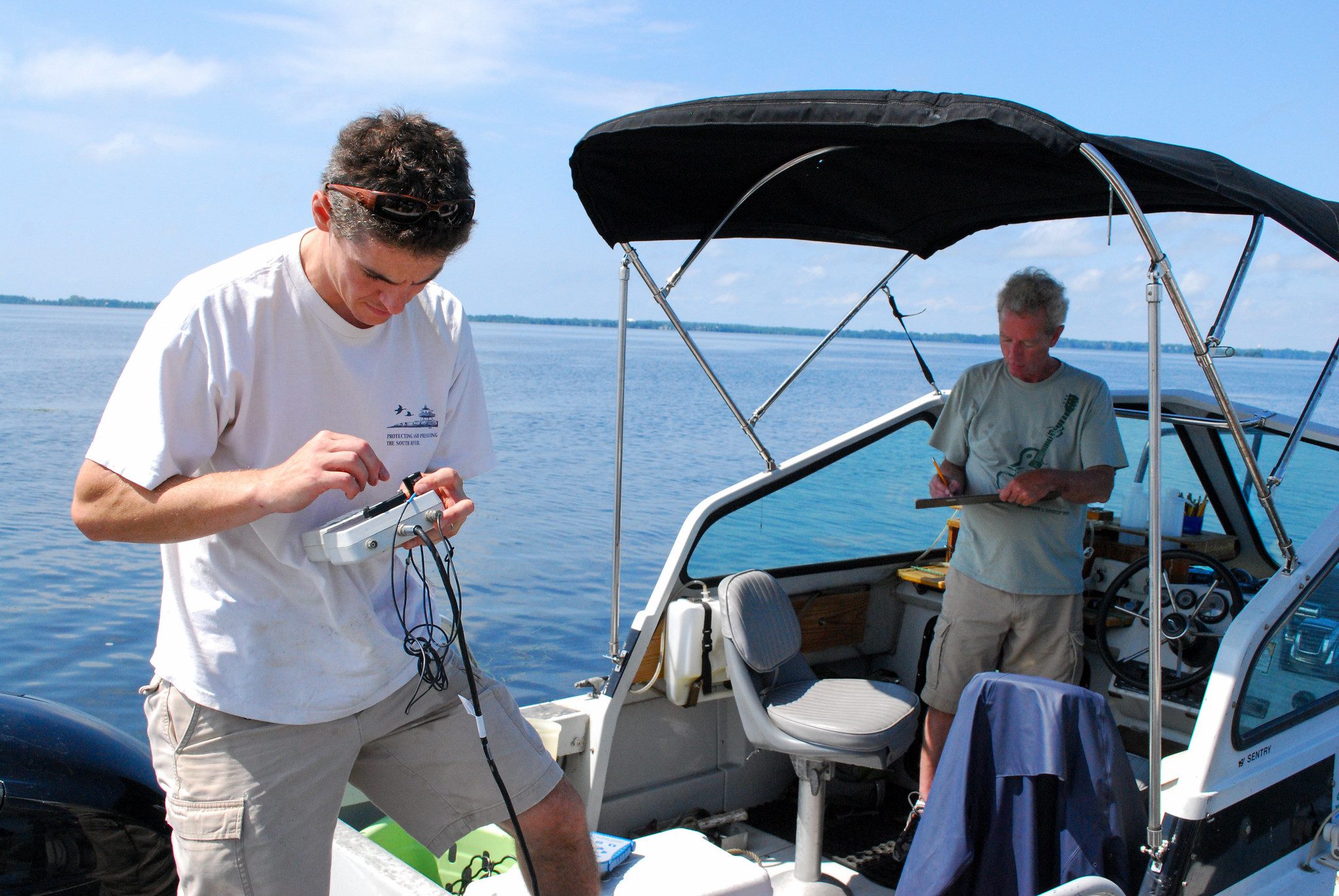
6. Sampling and Analysis
This type of monitoring is typically done as part of consequence management, in order to further investigate possible contamination incidents. Its primary functions are to perform field testing and sample collection, to analyze samples for contaminants of concern, and to characterize the extent of any water contamination.
Progress in Water Monitoring, but Inequity Remains
Generally speaking, technological developments have made it much easier for the EPA to monitor our drinking water and ensure its safety. However, technological improvements have not been funded or developed equitably over the years. This has left the nation’s most vulnerable populations – immigrants, tribal communities, people of color, and low-income rural communities – with the least access to systems that ensure clean water. So while overall water quality has improved, there are still more than 2,000,000 Americans who live without consistent access to safe drinking water. We still have a lot of work to do in order to close this gap and ensure that everyone is able to easily obtain clean water.
Image credits: Faucet (Alexandre Lecocq on Unsplash); Water treatment facility (The interior of a drinking water treatment plant._DW Treatment Plant by the U.S. Environmental Protection Agency); Monitoring water quality (Monitoring water quality by Chesapeake Bay Program is licensed under CC BY-NC 2.0)



